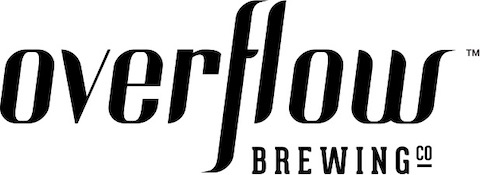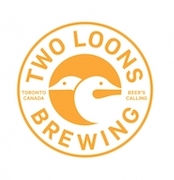Come on Out to the Rink!
The volunteers who build and maintain the ice rink in McKellar Park like to exaggerate in a good-humoured way. There’s an unmistakable hyperbolic element that is afforded to our simple processes. This has always been the way, going back over the twenty years I’ve been helping put in the rink.
Weather and climatic conditions are meticulously assessed. Snow depth and quality scrutinized. Watering technique is treated like a refined martial art that only the masters of the craft have truly perfected after years at the end of a firehose. The truth is, it’s a pretty simple process: wait until it’s cold enough and then add water.
But the hosers (as we call ourselves) like to have fun. Who doesn’t? Who wouldn’t when you’re standing around in -20℃ at 10pm watching water turn to ice? And no matter how much we fuss and pontificate, we never make perfect ice, which is part of the beauty of the McKellar Park rink. We embrace our mistakes, revel in the bumps, the broken berms, the poorly scraped and shovelled surfaces. We like doing it the old-fashioned way. Lo-tech; virtually no-tech. Despite our mistakes, it’s not long before neighbourhood kids get out and skate each December, smoothing our imperfections into a giant snowy rectangle of ice for hockey players, pleasure skaters, figure skaters; anyone who wants to go for a refreshing whirl.
Some people might wonder why we do it. For me, that’s never been a question. It’s a duty and a joyful one at that. Building the rink brings a sense of accomplishment. At the outset, after many hours, just when it seems futile; you see ice slowly emerge from the compressed snow. Building the rink brings a sense of calm. There’s a meditative quality to standing in the cold at 6:30AM watering the rink, coffee mug nearby, new daylight slowly creeping above the trees on park’s eastern border. There’s a sense of co-operation and community when you are part of a crew on a weekday night scraping the ice by hand, rolling out the hoses, spraying water, packing up all the gear, and then lingering and chatting over our work as a group, before killing the lights and shuffling home to thaw in our warm houses.
Anyone who walks past the rink and hears the shouts of jubilant kids, the clang of a puck off a heavy red post, the grind of skates in hard January ice, and the laughter that carries across the snow-packed park knows the rink is special. It’s a place to gather. A spot for young and old, hockey whizzes and folks taking their first cautious strides on second-hand skates, to get outside and go. It’s public. Open. Accessible. Outdoors. Simple. No membership fees. No special skills required. All that’s asked of users is that they are courteous, generous with the space, make room for and include others, and get the heck out of the way when the hosers descend to do our work in the dark.
Twenty years ago, my oldest kid leaned on a chair and pushed it around the McKellar Park ice until his ankles gradually righted themselves and a hockey stick replaced the chair. My second boy did the same a few years later. As much as they loved proper hockey games indoors at local arenas, the ODR was a place to cut loose, make teams by throwing sticks in the middle and then try out their dangles and creative dekes with neighbourhood friends and strangers of all ages. So, do I help build the rink for my kids? Nope. My kids aren’t kids any more. I help build the rink because it needs to be built. It’s good work. It’s fun. There’s often a beer or two in it. And it has helped me get to know my neighbours, many of whom I only recognize when they’re dressed in five layers of winter clothing. Honestly, I’ve bumped into guys on the street in June and it takes a moment to figure out who they are without their toque and enormous mitts.
In this era of specialized this and that, I find it cool to know some old-school things – like congregating, playing, and co-operating in the local city park – still afford meaning and purpose in 2021. Don’t believe me that it’s a valuable way to feel part of your community? Then come on out and give it a try. Volunteer. Pick up a shovel. Unroll a hose. Meet a hoser. We’re friendly types, even if some of us come across as crusty old coots. Get out and help and you’ll find it’s not that complicated. It really is just about adding water and seeing what takes shape.
– Matt Firth
Proudly Sponsored by











